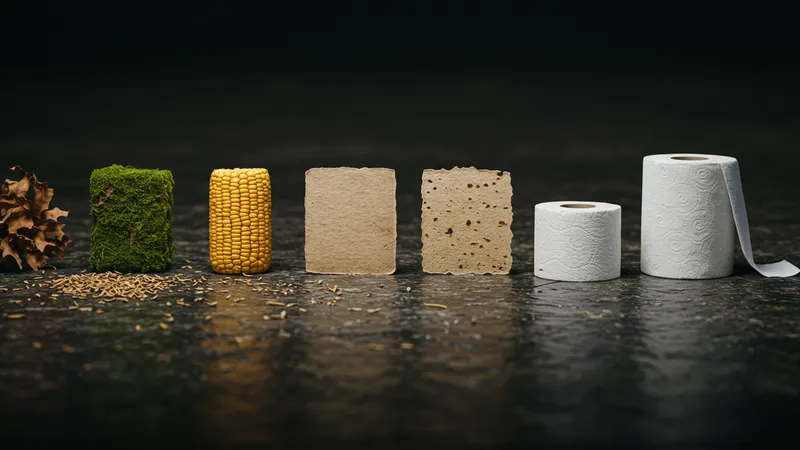
Evolution Of Toilet Paper: From Early Uses To Modern Manufacturing
Key Materials and Methods in the Evolution of Toilet Paper
The transformation from nature-based solutions to modern toilet paper owes much to the materials at each stage. Early societies relied on whatever was readily at hand. In some regions, leaves, moss, or stones were favored, while others used corn cobs or water. These selections were influenced by geography, climate, and cultural preferences, underscoring how necessity shaped the methods of the time.

The innovation of paper for hygiene was a significant leap forward. In China, the earliest iterations were made from coarse rice straw and turned into large sheets. This practice spread slowly, with each culture adapting paper’s availability and utility to suit local habits. Papyrus in Egypt and hemp-based papers in Asia marked critical steps in this ongoing evolution.
By the 19th century, the onset of industrialization allowed for the mass production of paper goods. Paper mills with mechanized pulping processes could create vast quantities of soft, rollable sheets. Perforations and convenient sizing further distinguished these modern versions from their handmade predecessors, reflecting a rising demand for ease and hygiene.
Present-day toilet paper relies on finely tuned blends of virgin and recycled pulp, often sourced from sustainable forestry initiatives. New features, such as added aloe or lotions, and improvements in ply count contribute to both tactile comfort and enhanced absorbency. These continual upgrades highlight just how far the materials and methods have progressed, setting the stage for further innovation in the years ahead.